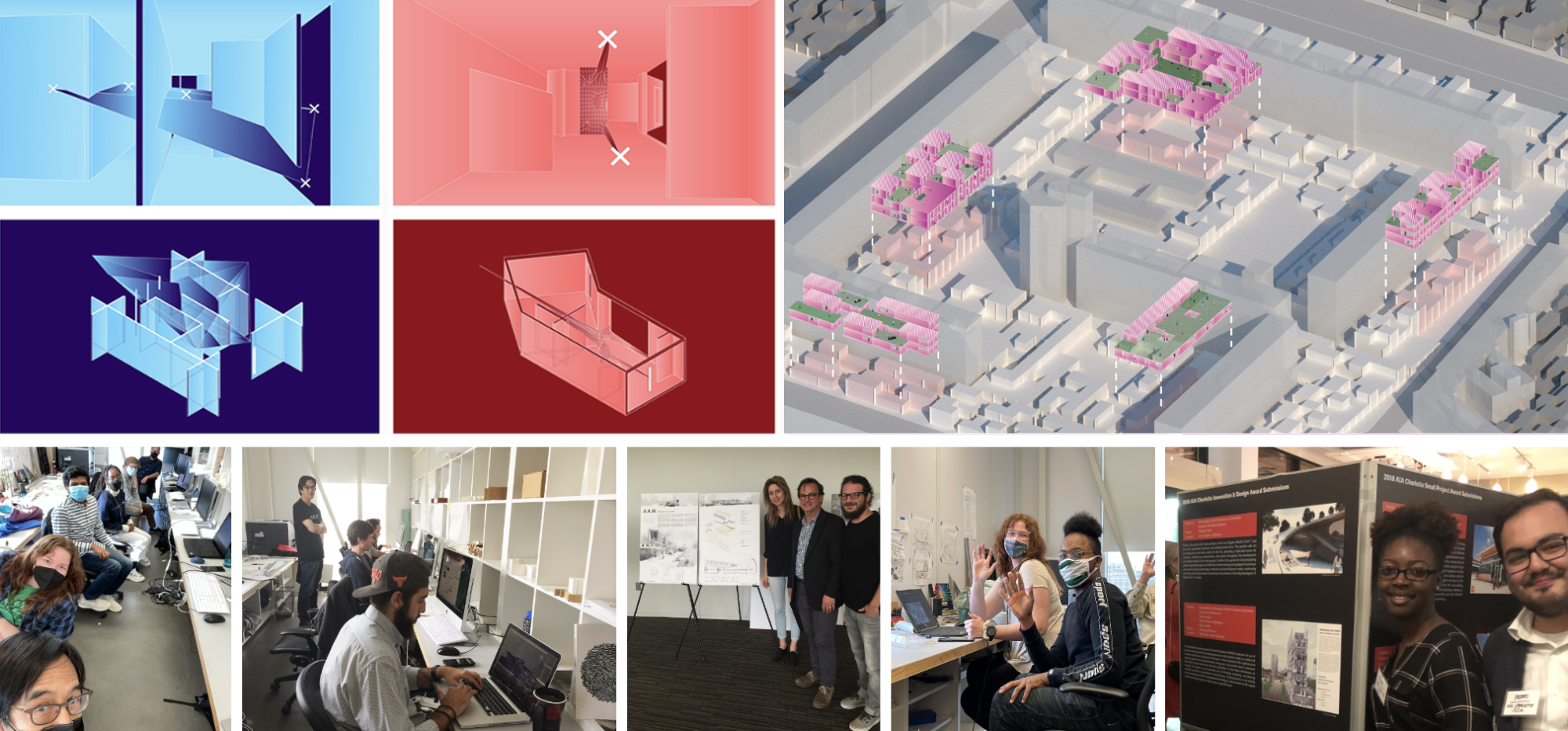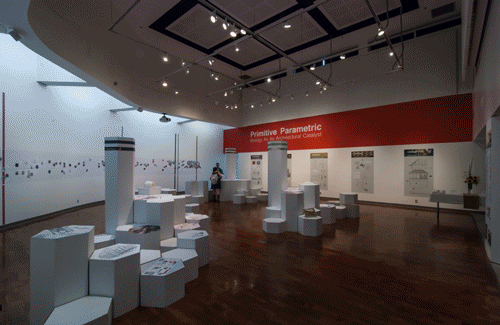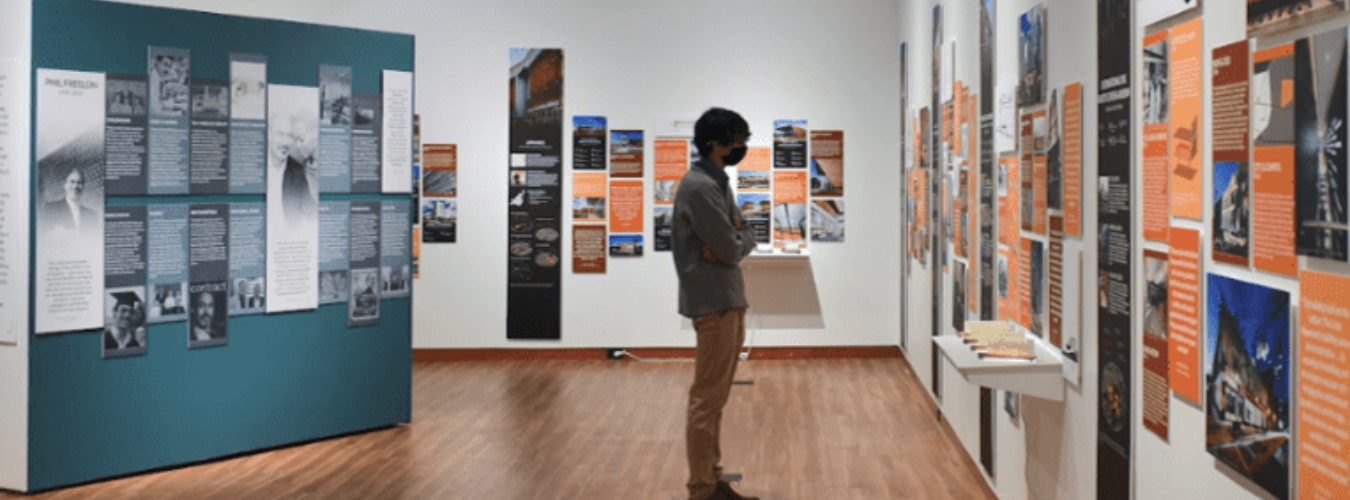Within the David R. Ravin School of Architecture, there are several research centers and laboratories that provide a base for faculty research and also become a point of contact for students to engage in funded research projects with the faculty. This research takes full advantage of the advanced computing, software and digital fabrication facilities at the CoA+A. The scale of research ranges from small, short-term investigations to large, multi-year grants.
Research Centers


The Integrated Design Research Lab (IDRL) (including the Laboratory for Innovative Housing and the Daylighting Lab) serves as a research praxis where academia, industry, and the public community can freely engage, collaborate, and implement research toward climate change mitigation and social resilience. The mission of the IDRL is to advance applied architectural research and knowledge through the dissemination of evidence-based investigation and proactive design leadership. The IDRL is led by Associate Professor of Architecture Kyoung Hee Kim, Ph.D, AIA, NCARB.
The City Building Lab is the community-engaged research arm of the David R. Ravin School of Architecture, located in The Dubois Center at UNC Charlotte Center City. City Building Lab foregrounds common threads connecting the research interests of affiliated faculty members though explorations of the ways that cities have been, are, and continue to be shaped over time. The lab simultaneously encompasses a wide set of initiatives while also supporting the University’s urban research mission.
City Building Lab serves both as a clearing house for ideas and tests theories of equity and social justice through action-based research venue. CBL continues to support the missions of the School of Architecture and the College of Arts + Architecture through its emphasis on sustainable urban, community, and architectural design and through its focus on “local-to-global” urbanism. Faculty and students engage with communities, particularly those most often overlooked in design and community planning processes, to realize built environments that use design tools to embody the knowledge, values, and aspirations of local people. Processes are open-ended, modeling design practice as systems-oriented and multi-scalar. It connects environmental issues with social networks and economic empowerment to create a resilient and inclusive future.

The mission of the Digital Arts Center (D+ARTS) of the College of Arts + Architecture is to foster transformative uses of digital technology in the arts to improve community partnerships; accessibility; equity; intra-college dialogue; and diverse student and faculty research that is local, national, and international in scope and partnerships.
Since the founding of the College of Arts + Architecture, D+ARTS has become a lively venue for collaborative, multi-disciplinary activity across the College. D+ARTS projects have included digital fabrication, urban visualization, responsive environments, multidisciplinary performance, and creative exploration of new technologies. D+ARTS was originally called the Digital Design Center and was founded by Professor of Architecture Eric Sauda. Today, D+ARTS is directed by Associate Professor of Music Jessica Lindsey.
The Center for Community, Heritage, and the Arts (CHArt) was formed as a space for interdisciplinary conversations focused on preservation and interpretation of the built environment through hands-on engagement with communities, their legacies, and specific places. CHArt is rooted in the College of Arts + Architecture with close partnership to the College of Humanities & Earth and Social Sciences. Through our mission-focused efforts, CHArt expands the roles of the visual and performing arts, museums, archeological sites, and other fields within critical heritage and preservation efforts.

